The PCT Resupply Guide: Class of 2017 Survey
“Wait, so do you carry all your food for the entire hike with you the entire time?”
If you’re thinking about hiking the Pacific Crest Trail, be ready for people to ask you this question (among others) as you make your way down the trail. Nobody is carrying the calories required for a PCT thru-hike in their backpack. The more accurate question? What does your resupply strategy look like?
Using the data I collected as part of the 2017 Pacific Crest Trail Thru-hiker Survey, I’ve compiled the following information to construct a useful picture of what a PCT resupply strategy looks like (spoiler alert: it doesn’t involve carrying five months worth of food).
NOTES ON THE DATA
- This year we had 566 completed surveys (up 48% from last year).
- The responses to some questions have been sorted and colorized to normalize the results and (hopefully) make them more useful (e.g. hikers who finished vs. hikers who ended early).
- Not everyone meticulously documents the stats of their thru-hike (I guess I’m weird). Therefore, the data is not 100% guaranteed accurate. However, I am hoping people gave their best guesstimates when answering questions.
- For simplicity’s sake, I refer to the survey respondents collectively as this year’s “class“. Remember that this is only a fraction of this year’s PCT hikers and is not necessarily representative of the entire PCT Class of 2017.
- If you’re that kind of person and you find some small discrepancy in the data, get over it – may I remind you we aren’t dealing in exactness here. However, if you find any large or obfeeus, please let me know.
Here are the labels used to differentiate hiker segments:
- THRU: Thru-hikers (all)
- FINISH: Thru-hikers (all) who completed the entire PCT
- NOFINISH: Thru-hikers (all) who did NOT complete the PCT
If NO LABEL has been appended to a data point, then I used all data collected.


Pacific Crest Trail Resupply Strategy
After deciding to hike the Pacific Crest Trail, many would-be thru-hikers (incorrectly) assume that they need their entire resupply strategy planned from the moment they begin their hike. Do yourself a favor and avoid doing this at all costs.
Bar any very specific dietary restrictions (e.g. you’re a kosher vegan who’s allergic to nuts and have celiac disease) or some very compelling reason (i.e. a FKT, fastest known time, attempt), there is zero reason for you have all of your resupply stops planned ahead of time.
But let’s take a look at what the PCT Class of 2017 did about their resupply.
- THRU – RESUPPLY STRATEGY
- 8% Mailed ALL Resupplies
- 82% Mailed SOME Resupplies
- 10% Mailed NO Resupplies
- AVERAGE BOXES SENT: 8 (σ = 6)
- FINISH – RESUPPLY STRATEGY
- 5% Mailed ALL Resupplies
- 88% Mailed SOME Resupplies
- 7% Mailed NO Resupplies
- AVERAGE BOXES SENT: 10 (σ = 6)
- NOFINISH – RESUPPLY STRATEGY
- 10% Mailed ALL Resupplies
- 77% Mailed SOME Resupplies
- 13% Mailed NO Resupplies
- AVERAGE BOXES SENT: 7 (σ = 5)
It’s clear that mailing SOME resupply boxes is the preferred resupply strategy, but mailing some boxes could mean mailing one or mailing all but one resupply. Well, the data also shows us that thru-hikers who completed the PCT mailed an average of ten resupply boxes.
Just in case you aren’t okay with simply accepting the average number of resupply boxes sent by thru-hikers who completed the trail, here is a bit more on how many PCT resupply boxes to send.
- 12.5 – The AVERAGE NUMBER OF BOXES sent by hikers who said they would liked to have SENT FEWER resupply boxes.
- 9 – The AVERAGE NUMBER OF BOXES sent by hikers who said they would liked to have SENT MORE resupply boxes.
Now let’s take this number and look at where these ten boxes would best be invested along the trail’s many potential resupply stops.
Where to mail PCT resupply boxes
I asked hikers where they would definitely recommend sending a resupply box and came up with the top ten responses (the tenth of which had three times more votes than the eleventh). Why ten? Because, in case you didn’t read the above section, the majority of hikers mailed SOME resupply boxes, and the average number of boxes mailed by thru-hikers who finished the PCT was TEN.
The places you’re going to want to mail your ten resupply boxes are (in geographical order from south to north):
- Warner Springs (Desert) – Mile 110 (#7)
- Kennedy Meadows (Sierra) – Mile 703 (#2)
- Sierra City (NorCal) – Mile 1,198 (#9)
- Crater Lake/Mazama Village Store (Oregon) – Mile 1,830 (#6)
- Shelter Cove (Oregon) – Mile 1,912 (#10)
- Trout Lake (Washington) – Mile 2,234 (#8)
- White Pass (Washington) – Mile 2,303 (#5)
- Snoqualmie Pass (Washington) – Mile 2,402 (#4)
- Stevens Pass/Skykomish (Washington) – Mile 2,476 (#3)
- Stehekin (Washington) – Mile 2,574 (#1)
So before you do more resupply “planning” note that for the ALL OF CALIFORNIA (that’s 1,700 mi / 2,700 km) you are only sending THREE BOXES (assuming you’re sane and hiking NOBO).

Something many people don’t seem to grasp before beginning a thru-hike is that you can, very easily, send yourself boxes from towns on the trail. Yes, the PCT is a long trail, but you’re really just connecting a bunch of smaller trails between resupply stops. There’s no reason that you can’t go to a supermarket during one of these resupply stops, buy yourself a bunch of hiker food, and mail it ahead to another resupply stop further up the trail (unless it’s Sunday because the underfunded post office is closed on Sunday).
In fact, 30% of hikers said, if they were to change something about their resupply strategy, they would either send NO boxes ahead of time or send more boxes from along the trail. Summing it up, here are the total number of resupply boxes you should be sending per PCT section (that is if you’re following the advice of this year’s PCT average).
- DESERT: 1 (Warner Springs)
- SIERRA: 1 (Kennedy Meadows)
- NORCAL: 1 (Sierra City)
- OREGON: 2 (Crater Lake/Mazama Village Store, Shelter Cove)
- WASHINGTON: 5 (Trout Lake, White Pass, Snoqualmie Pass, Stevens Pass/Skykomish, Skehekin)
I also asked hikers where they would have rather mailed themselves a box instead of buying locally. This could be either because the selection isn’t very good, the prices are high, or the store owners are assholes. This year, there were only two places with a significant number of responses: Sierra City (NorCal) and Stehekin (Washington).
Both of these places are made the top ten places to send a resupply box, so if you’re wanting to send yourself the minimal number of boxes, consider sending one to each of these two places.
Changes to PCT resupply stragegy
I also asked hikers what CHANGES they would make to their resupply strategies if they were to do it all over with the knowledge of having now thru-hiked the PCT. The top responses were:
- Send more variety in resupply boxes (24%)
- Fewer resupply boxes (23%)
- Mail boxes from on then trail instead of ahead of time (20%)
- Healthier food in boxes (18%)
- Send less food in resupply boxes (16%)


What food to send in PCT resupply boxes
Now that we know how many resupply boxes we’re going to send, let’s take a closer look at what you should you be PUTTING INSIDE of said boxes (because, unfortunately, birthday cakes and pizzas aren’t very practical resupply options).
The TOP COMMENTS I got from hikers regarding the food in their resupplies were:
- More variety in boxes (you can only eat so many Snickers and tortillas)
- Healthier food in boxes (empty calories only get you so far)
- Less food in boxes (you’ll be stopping more than you think)
So what are you going to be eating out on the trail? Berries and dirt? Probably. But as far as things you can purchase in town go, here are some of this year’s favorite (and least favorite) snacks:
FAVORITE SNACKS:
- Snickers
- Creative tortilla wraps
- Ramen (by itself or mixed with mashed potatoes and/or peanut butter)
- Nutella
- Cheese
- Peanut butter
“NEVER AGAIN” FOODS:
- Clif Bars
- Idahoan Potatoes (especially cold)
- Tuna Packets
- Pop-Tarts
- Peanut butter
- Oatmeal
How frequently to resupply on the PCT
Another question on the resupply agenda is “How often do I want to resupply?”
This is incredibly difficult for hikers to accurately predict before starting the trail because few people know what their pace is going to be or what their still unknown trail friends will want to do (just remember to hike your own hike).
Stopping more frequently means less time spent hiking (which before starting your hike might sound like a bad thing), but it also means that you will not be carrying as much weight (in food) between your resupplies (lighter = better).
So how many stops did the Class of 2017 make on their thru-hikes?
- FINISH – AVERAGE RESUPPLY STOPS MADE | 26 (σ = 6.8)
Despite the reported number of resupply stops being 26, the number of reported town stops (when hikers were asked to list specifically where they made stops) was 39.5. Interesting. To be safe, let’s unscientifically split the difference and call it an even 32 – meaning you’re resupplying EVERY 83 MILES (134 km) on average. If you don’t want to carry more than seven days worth of food (which is a lot), then you need to be AVERAGING 11.8 MILES per day (18.9 km); if you can’t hike 11.8 mi / 18.9 km in a single day, then you have other preparations to do before worrying about your PCT resupply strategy.
How many miles per day did this year’s PCT Class average? 18.23 mi / 29.34 km.
Obviously, stretches between resupply can vary greatly (e.g. Kennedy Meadows to VVR) and some will be a lot longer (or shorter) than others, but this should give you a rough idea of what to expect.
The average PCT resupply plan
Based on survey responses we can piece together what an “average” Pacific Crest Trail hiker’s resupply looked like for a 2017 thru-hike.
Now that we know how many boxes we’re mailing (10), where we’re mailing them to, what’s going in them, and how often we want to stop for resupplies, we can focus on arguably the most important question: where exactly are we going to stop?
Note: The percentage of hikers who resupplied at each of the following places has been coded as follows: OVER 66%, 33-66%, LESS THAN 33%. Also, stops are listed in geographical order from south to north.
DESERT
- Campo (45%)
- Mount Laguna (83%)
- Julian (65%)
- Warner Springs (95%)
- Paradise Cafe (80%)
- Idyllwild (96%)
- Anza (<1%)
- Cabazon (26%)
- Big Bear City (39%)
- Big Bear Lake (69%)
- Wrightwood (89%)
- Acton (34%)
- Agua Dulce (91%)
- The Anderson’s (71%)
- Hikertown (79%)
- Tehachapi (90%)
- Mojave (9%)
- Ridgecrest (13%)
- Kernville (4%)
- Onyx (2%)
- Lake Isabella (51%)
SIERRA
- Kennedy Meadows (96%)
- Lone Pine (41%)
- Independence (35%)
- Muir Trail Ranch (21%)
- Bishop (78%)
- Vermilion Valley Resort (51%)
- Red’s Meadow (37%)
- Mammoth Lakes (72%)
- Tuolumne Meadows (48%)
- Yosemite Valley (27%)
- Lee Vining (15%)
- Bridgeport (20%)
- Kennedy Meadows North (64%)
- Markleeville (4%)
For more on the Kennedy Meadows to Vermilion Valley Resort resupply, find my detailed post here.
If you’re interested in my PCT resupply for each section, check out the following posts:
- PCT Progress Report I: The Desert
- PCT Progress Report II: The Sierra
- PCT Progress Report III: NorCal
- PCT Progress Report IV: Oregon
- PCT Progress Report V: Washington

NORTHERN CALIFORNIA
- South Lake Tahoe (87%)
- Echo Lake (19%)
- Tahoe City (3%)
- Soda Springs (5%)
- Truckee (36%)
- Sierra City (81%)
- Quincy (28%)
- Chester (63%)
- Drakesbad (28%)
- Old Station (67%)
- Belden (76%)
- Burney (51%)
- Burney Falls Guest Ranch (1%)
- Burney Falls (59%)
- Castella (26%)
- Dunsmuir (19%)
- Mount Shasta (63%)
- Etna (80%)
- Seiad Valley (84%)
OREGON
- Callahan’s (35%)
- Ashland (86%)
- Fish Lake (23%)
- Lake of the Woods Resort (2%)
- Mazama Village Store (Crater Lake) (88%)
- Diamond Lake Resort (7%)
- Shelter Cove Resort (80%)
- Odell Lake Resort (3%)
- Elk Lake Resort (44%)
- Sisters (22%)
- Bend (64%)
- Big Lake Youth Camp (28%)
- Olallie Lake Resort (39%)
- Government Camp (6%)
- Timberline Lodge (83%)
- Cascade Locks (87%)
- Hood River (12%)
- Portland (2%)
WASHINGTON
- Trout Lake (61%)
- White Pass (88%)
- Packwood (36%)
- Snoqualmie Pass (96%)
- Stevens Pass/Skykomish (82%)
- The Dinsmores (20%)
- Leavenworth (2%)
- Stehekin (92%)
- Mazama (14%)
- Winthrop (11%)
- Wenatchee (1%)
- Stevenson (2%)
How would our average Pacific Crest Trail thru-hiker have used his or her 32 resupply stops based on this information?
It would look something like this (COLORED NAMES indicate that sending a box was prefered by this year’s class):
DESERT:
- MILE 110: Warner Springs
- MILE 179: Idyllwild
- MILE 265: Big Bear City
- MILE 364: Wrightwood
- MILE 454: Agua Dulce
- MILE 558: Tehachapi
- MILE 652: Lake Isabella
SIERRA:
- MILE 703: Kennedy Meadows
- MILE 790: Independence
- MILE 831: Bishop
- MILE 903: Mammoth Lakes
- MILE 942: Tuolumne Meadows
- MILE 1018: Kennedy Meadows North
NORTHERN CALIFORNIA:
- MILE 1093: South Lake Tahoe
- MILE 1198: Sierra City
- MILE 1334: Chester
- MILE 1378: Old Station
- MILE 1424: Burney Falls
- MILE 1507: Mount Shasta
- MILE 1606: Etna
- MILE 1662: Seiad Valley
OREGON:
- MILE 1727: Ashland
- MILE 1830: Mazama Village Store (Crater Lake)
- MILE 1912: Shelter Cove Resort
- MILE 2002: Big Lake Youth Camp
- MILE 2107: Timberline Lodge
- MILE 2155: Cascade Locks
WASHINGTON:
- MILE 2234: Trout Lake
- MILE 2303: White Pass
- MILE 2402: Snoqualmie Pass
- MILE 2476: Stevens Pass/Skykomish
- MILE 2574: Stehekin
Don’t let the “send a box everywhere in Washington” bit scare you. Many hikers suggested sending boxes to all of Washington, but you by no means have to do this. There are plenty of alternatives, for example, I skipped Trout Lake and hiked straight from Cascade Locks (final town in Oregon) to White Pass, and at Snoqualmie Pass I got a ride west into town where there is a proper supermarket.
You by no streatch of the imagination need to adhere to what’s contained in this post. Don’t forget, this is only a guide to help you along your way to not starving in the mountains.
Hike your own hike, people.
WHERE DO WE LIKE?
I also asked about hikers’ FAVORITE and LEAST FAVORITE resupply points. Here’s what we came up with (for each section):
FAVORITE RESUPPLY POINTS
- DESERT: Idyllwild
- SIERRA: Bishop
- NORCAL: Etna
- OREGON: Ashland
- WASHINGTON: Stehekin
HONORABLE MENTIONS
- Wrightwood (Desert)
- Bend (Oregon)
LEAST FAVORITE RESUPPLY POINTS
- DESERT: Hikertown
- SIERRA: Kennedy Meadows
- NORCAL: Sierra City
- OREGON: N/A
- WASHINGTON: N/A
HONORABLE MENTIONS
- Seiad Valley (NorCal)
- Agua Dulce (Desert)
And lastly, what about hitchhiking into town? I asked hikers what resupply stops (if any) they had difficulty making it to from the trail. The top responses were (from south to north):
- Lake Isabella (Desert)
- Etna (Northern California)
- Independence from Kearsarge Pass (Sierra)
- Lone Pine (Sierra)
- Yosemite Valley (Sierra)
- Chester (Northern California)
If there is ANYTHING you can think of that would make this information more useful (or any more resupply-related cross-referencing you would like to see), then please LEAVE A COMMENT and let me know.
FOR MORE ON PCT RESUPPLY, CHECK OUT THESE POSTS.

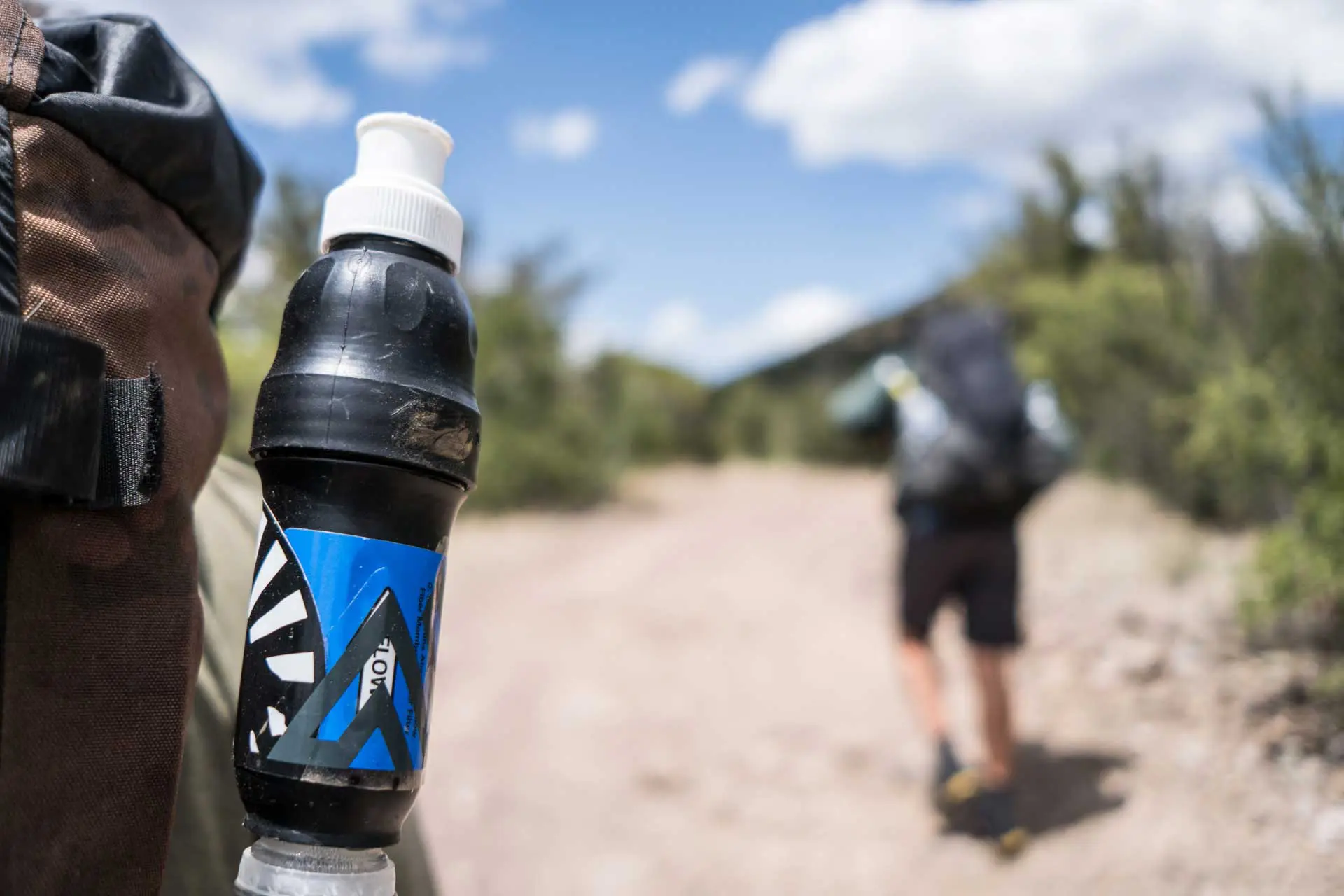
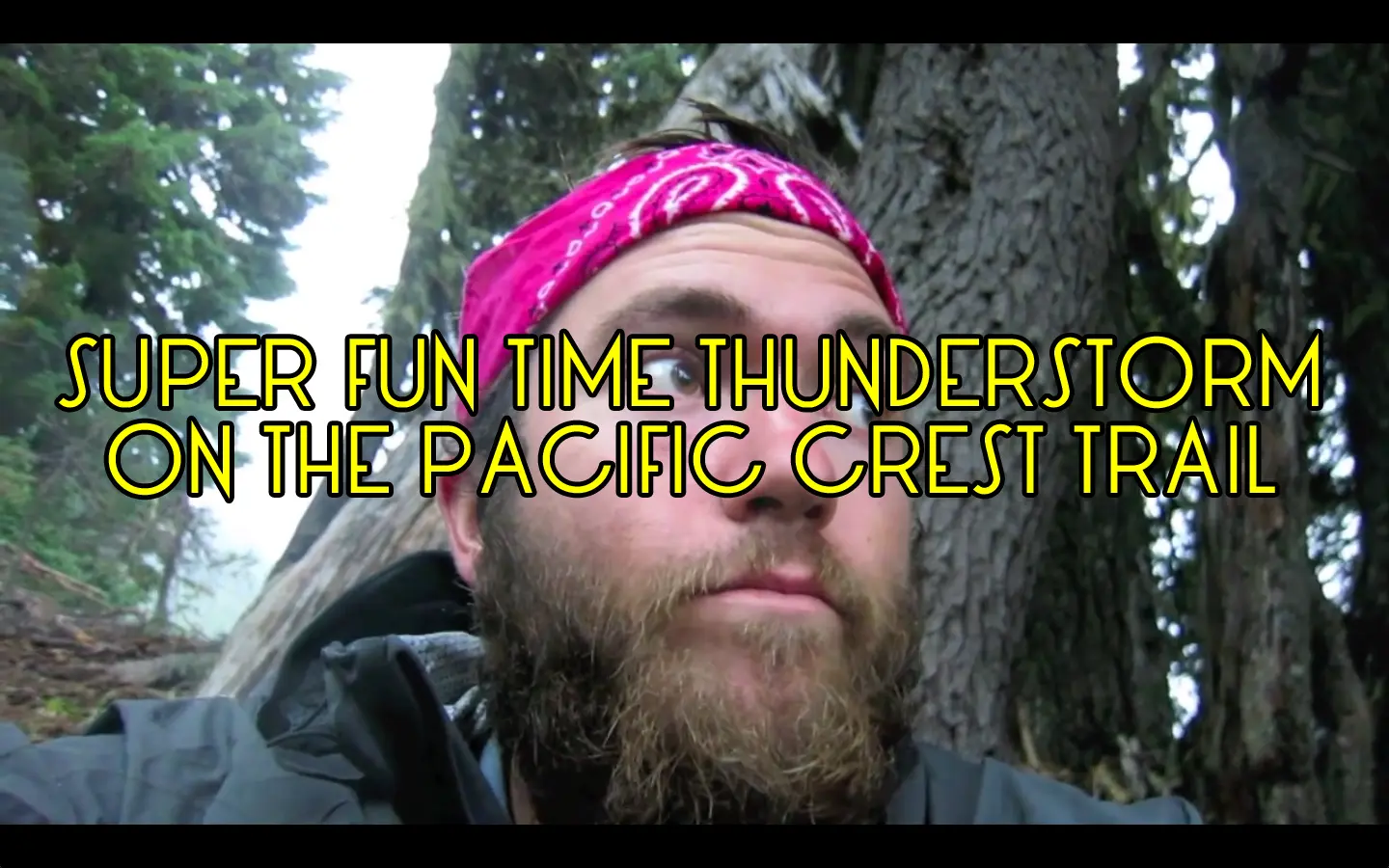
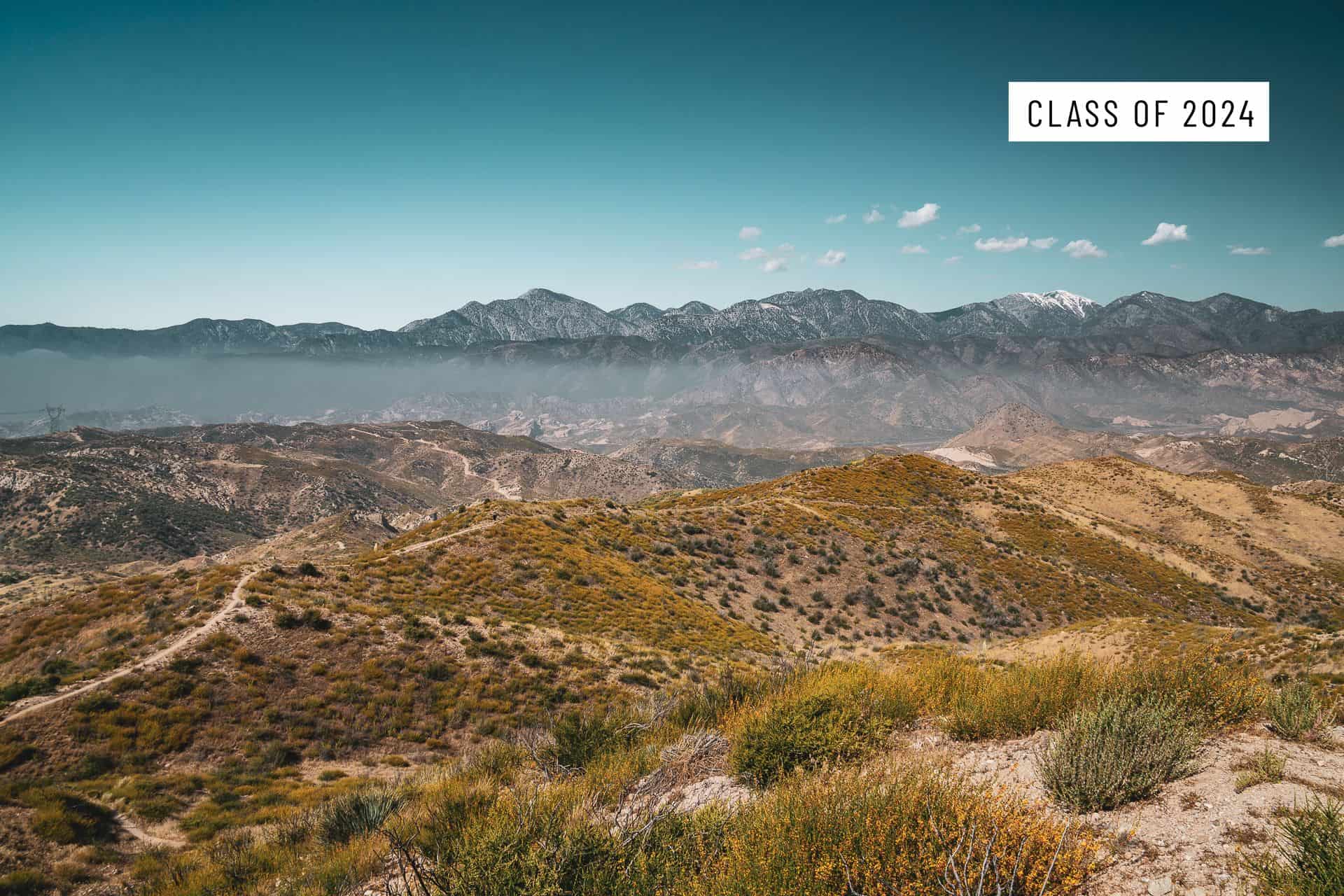
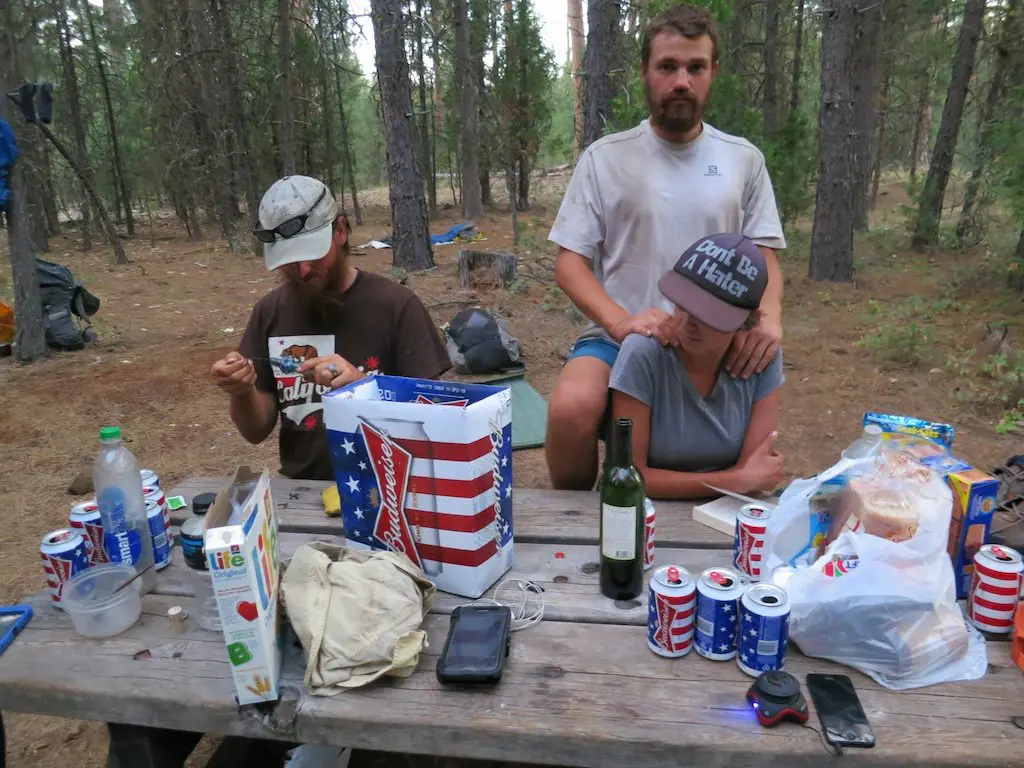

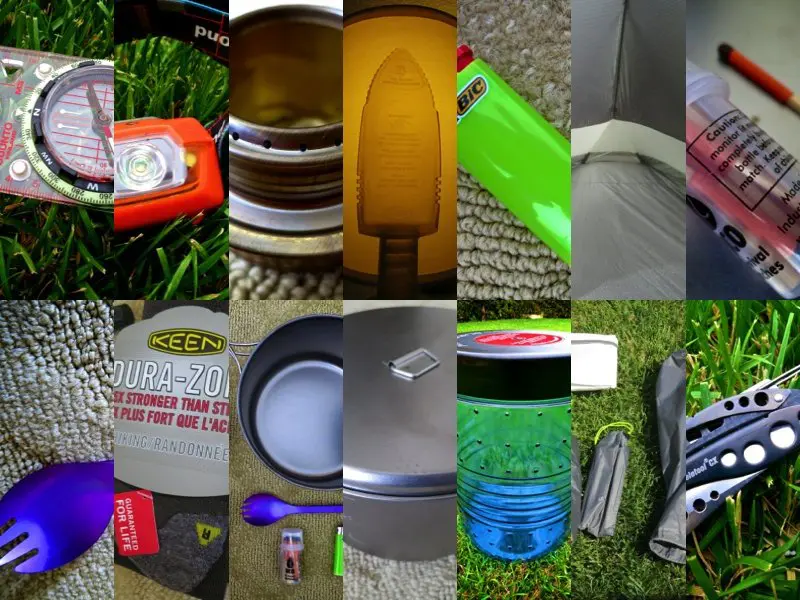
About how long before arriving at my resupply pick up should I mail my boxes?
That depends where you’re mailing them to and how you mail them. If you’re mailing to a post office and want to just use the cheapest option, a couple of weeks at least to be safe. Other places (that aren’t post offices – such as Muir Trail) require that you send things well ahead of time as they might only pick up mail one every week.
Hey Mac, great blog you have here, I am planning on reading much of it. I am new to this whole pct thing. I read the book Wild, and only then became aware of it’s existence. So now I am thinking about hiking the PCT in 2019. I am wondering why so many people would send boxes to Washington locations. Is the Washington part of the track harder, are groceries more expensive there, or is re-supplying on the go more difficult, as in not a lot of stores? Furthermore, for how long would the post offices hold on to your boxes before sending them back or discarding them?? I am from Holland so it’s perhaps difficult for me to let friends send boxes for me while I am hiking. Thanks so much for your reply!
The Washington resupply stops have either very limited or very expensive selections which makes sending boxes preferable.
If you send a box to a post office I believe (but could be wrong) that they’ll hold it for thirty days. If you send to a store, hotel, trail angel, etc. they’ll probably hold your box until a bit after your ETA (which you should write on the box).
I’m a vegan who really likes healthy food and I’m really afraid I’ll be stuck with several “peanut butter and oreos” resupplies. I wish there was more widely available information on good vegan resupplies. I’m currently looking at about 20 boxes, some full resupplies, some “staple goods”…
If you’re keen to write a guide for vegans I would be happy to post it here and/or share with future PCT hikers :)
I definitely plan on doing that! Thanks Mac!
I’d be curious to hear about your plans too! I know there are some vegan thru hikers who post vlogs on YouTube, if that helps.
Check out the “Vegans of the PCT” group on Facebook. There’s a lot of good information on there.
Hey! Thanks for all this data. Are you going to do the same survey for the CDT?
It’s in the works!